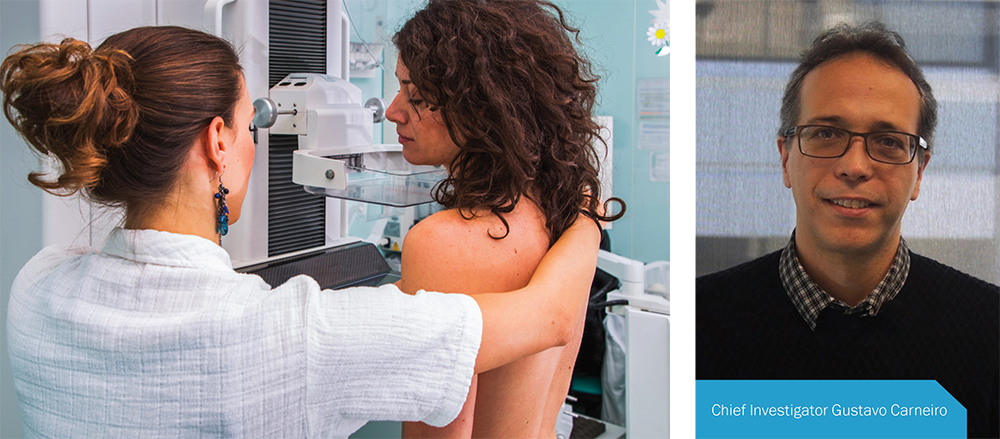Revolutionising the health sector
The Australian Centre for Robotic Vision is leading the way in robotic research globally with a number of new applications and technologies that will revolutionise the health sector.
From the use of robotic systems in magnetic resonance imaging (MRIs) and mammograms, detecting melanomas and cancer, to the introduction of a futuristic scan that detects morbidity, our Centre is undertaking ground-breaking research in the medical sphere.
Gustavo Carneiro, Chief Investigator at the Centre’s University of Adelaide node, specialises in robotic machine learning. In recent years, Gustavo has been focused on developing a deep learning algorithm with more than 500 images to help detect and classify masses in mammograms.
“Breast cancer is one of the major diseases affecting the lives of women across the globe. The analysis of breast masses from mammograms represents an important task in diagnoses, which is predominantly a manual process at present and subject to the assessment of a clinical expert. We are pleased to be undertaking world-leading research into how robotics can help improve the accuracy, accessibility and cost of this process,” said Gustavo.
Gustavo and his team have also recently published a deep learning algorithm to detect morbidity. The system looks at elderly patients’ chest CT scans that don’t reveal anything outwardly unhealthy. Using the algorithm, the scan can detect (with almost 70% accuracy) if the patient will survive in the next five years.
“By 2050, a quarter of Australia’s population will be over 65, with significant economic costs and productivity challenges. With reliable, low-cost robotics, we can dramatically reduce the costs of healthcare, while increasing its efficiency and accessibility.”

